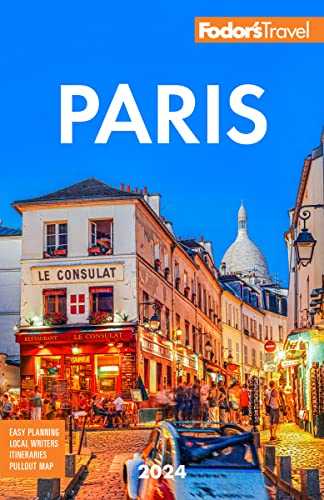From swampy to swanky, the Marais has a fascinating history. Like an aging pop star, the quartier has remade itself many times, and today retains several identities. It’s the city's epicenter of cool with hip boutiques, designer hotels, and art galleries galore; the hub of Paris's gay community; and, though fading, the nucleus of Jewish life. You could easily spend your entire visit to Paris in this neighborhood—there is that much to do.
“Marais" means marsh, and that is exactly what this area was until the 12th century, when it was converted to farmland. In 1605 Henri IV began building the Place Royale (today's Place des Vosges, the oldest square in Paris), which touched off a building boom, and the wealthy and fabulous moved in. Despite the odors—the area was one of the city's smelliest—it remained the chic quarter until Louis XIV transferred his court to Versailles, trailed by dispirited aristocrats unhappy to decamp to the country. Merchants moved into their exquisite hôtels particuliers (private mansions), which are some of the city's best surviving examples of Baroque architecture. Here you can see the hodgepodge of narrow streets that so vexed Louis Napoléon and his sidekick, Baron Haussmann, who feared a redux of the famous barricades that Revolutionaries threw up to thwart the monarchy. Haussmann leveled scores of blocks like these, creating the wide, arrow-straight avenues that are a hallmark of modern Paris. Miraculously, the Marais escaped destruction, though much of it fell victim to neglect and ruin. Thanks to restoration efforts over the past half century, the district is enjoying its latest era of greatness, and the apartments here—among the city's oldest—are also the most in demand, with beaucoup charm, exposed beams, and steep crooked staircases barely wide enough for a supermodel. (Should you be lucky enough to find an elevator, don't expect it to fit your suitcase.) Notice the impressive portes cochères, the huge doors built to accommodate aristocratic carriages that today open into many sublime courtyards and hidden gardens.
The 4e arrondissement, the Marais's glitzier half, is sandwiched between two opposite poles—the regal Place des Vosges in the east and the eye-teasing modern masterpiece Centre Pompidou in the west. Between these points you'll find most of the main sites, including the Musée Picasso, and the Maison Européenne de la Photographie, which is the best place to see how the city evolved through the ages. To tour an exquisitely restored 17th-century hôtel particulier, visit the excellent Musée Cognacq-Jay or wander into the manicured back garden of the magnificent Hôtel de Sully. The quieter 3e arrondissement half of the Marais, around Rue de Bretagne, has become one of Paris's most in-demand areas to live—and one of the most interesting to explore. Here you'll find intriguing, off-the-tourist-track boutiques, bars, and galleries, plus sites such as the Musée des Arts and Métiers, Europe's oldest science museum.
Paris's Jewish quarter (the Pletzl, Yiddish for "little place") has existed in the Marais in some form since the 13th century, and it still thrives around Rue des Rosiers, even as hipster hangouts encroach on the traditional bakeries and delis. Not far away is the beating heart of the gay Marais, radiating out from Rue Vieille du Temple, along Rue St-Croix de la Bretonnerie to Rue du Temple; it's filled with trendy shops, cool cafés, and lively nightspots aimed at gays but welcoming to all.






